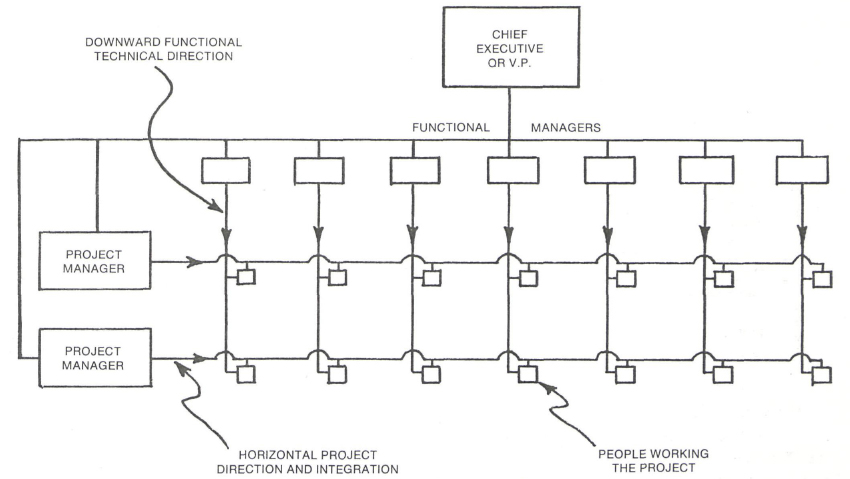Multiple Project Management: Summary, Theory and Improvement
Contents |
Abstract
Multiple Project Management (MPM) is, as the name implies, the activity of handling several projects at once. MPM is a concept, which is very important to focus on in companies and organizations, who employ project managers, that are in charge of multiple projects, that are not interrelated or dependent on each other. As Project Management (PM) has become a science itself, so has MPM, as it addresses a number of the same issues. Where PM deals with managing the resources within a specific project, MPM deals with managing several projects, using the same resources (people, facilities etc) as that can be quite complex.
When analyzing companies/organizations with MPM issues, the issues are often of an organizational nature. Without proper MPM proper resource allocation to different projects can often become a big issue and nuisance project managers. While handling several projects at once is very common for many different organizations, it has not been researched much, even though it is considered very relevant and can possibly save on cost, reduce deadlines and loss [1]. This is especially the case in R&D departments, where several different projects are often being carried out simultaneously, using the same people and resources, but with different deadlines and stakeholders. This can often prove difficult for the R&D manager to balance and thus the need for proper Multiple Project Management tools and theories is evident. Many companies have tried to solve these challenges by using standard PM tools. This has proven to be ineffective as many of these do not take into consideration, that several projects will be ongoing parallel [2].
Definition
Multiple Project Management occurs in almost all organizations, every single day. As most companies do not have specific departments dedicated to specific projects, they will often have to share the resources they use. This can be in terms of manpower, materials, facilities etc. As this is a daily occurrence almost everywhere, it is crucial that companies and organizations learn to properly deal with this, as to avoid some of the issues and problems, that could arise. Project management literature often assumes that the project is a single entity, isolated from other projects, while in reality a project manager can often be the manager of several projects, and have several employees dedicated to more than one project. This defeats the assumption of isolation, as the people involved will thus have to prioritize their time across the projects. In essence this means that MPM can provide companies with a more realistic approach to dealing with the distribution of resources and workload. Generally the elements, which contribute to problems, are: Capacity, Complexity, Conflict, Commitment and Context [3]. Capacity refers to the available resources within the company. It evaluates whether or not the company dedicates an appropriate amount of resources to the projects that it wants completed. Many companies face issues with this, as management tends to launch more projects, than what can realistically be carried out within the right timeline with the available resources.
Conflicts generally stem from one of the following three types of issues: People, systems or organizational. People issues usually arise from colleagues with non-compatible personalities and can be difficult to solve. Systems issues arise when the company fails to have a good priority structure or rewards system, meaning that the employees are not motivated/able to carry out their tasks. Organizational issues arise, when the company is structured in a way that leads to inevitable conflicts, such as the matrix organization, where functional managers can often end up in a conflict with project managers.

Commitment refers to the organizations recognition of the importance of a given project. Oftentimes, projects are deemed as important, based on their size and not of their significance and possible impact on the company. It may often be an issue that the functional managers are not committed enough to a project, and thus will not dedicate the proper amount of resources to the project managers to allow them to properly carry out their tasks. The size of an organization is also a major factor in this regard, as the feeling of responsibility and commitment sometimes disappear in larger organizations, in comparison to smaller ones.
Context Complexity refers to the situations that arise when different projects or business functions interact. q
Limitations
References
- ↑ 'Patanakul, P. (2010). Key drivers to the effectiveness in managing multiple projects: an empirical investigation in an IT organization of a large financial institution.
- ↑ Future of Product Development - Proceedings of the 17th Cirp Design Conference — 2007, pp. 543-554
- ↑ Management of multiple simultaneous projects: a state-of-the-art review